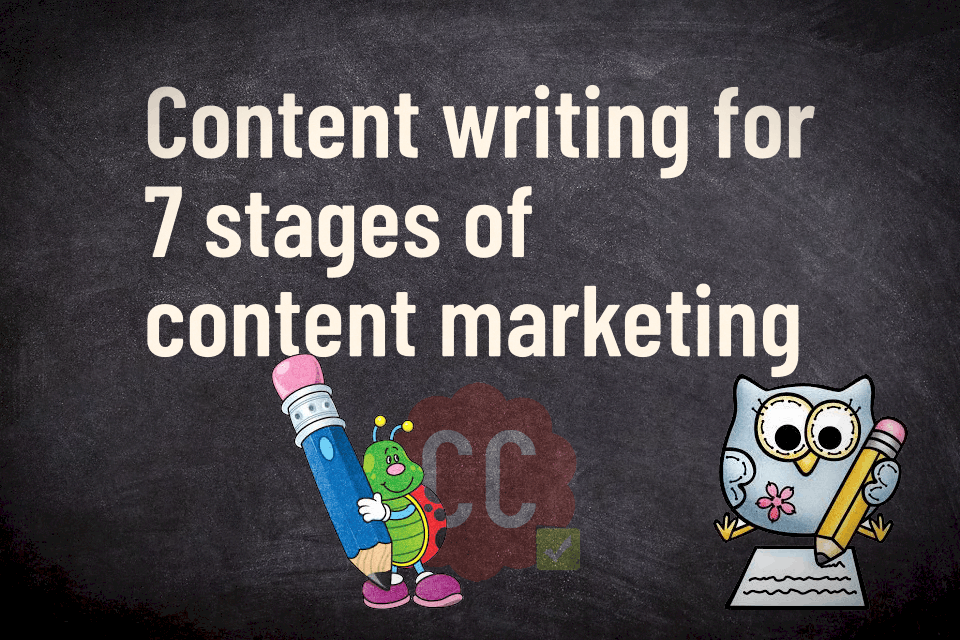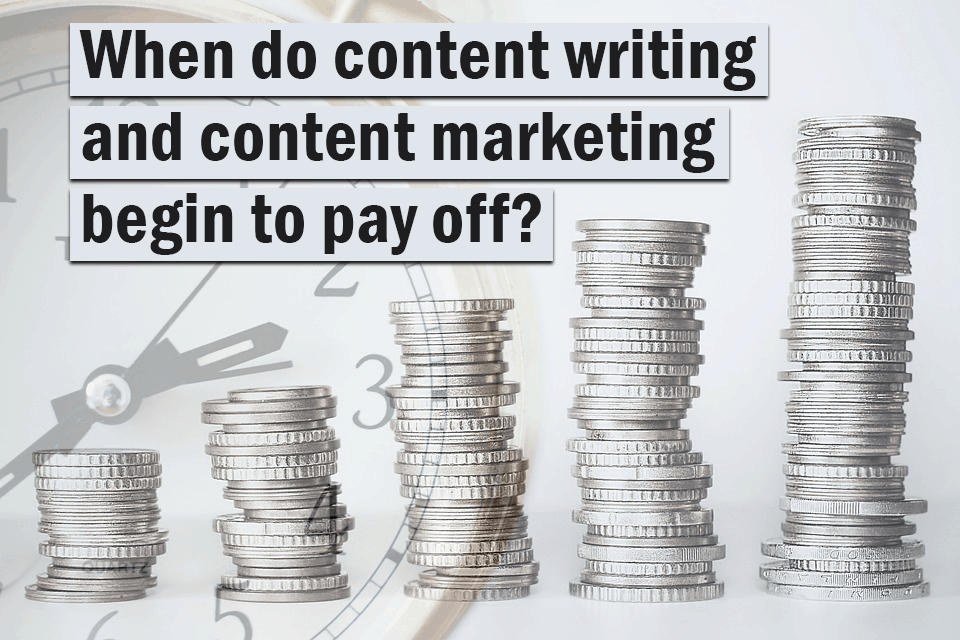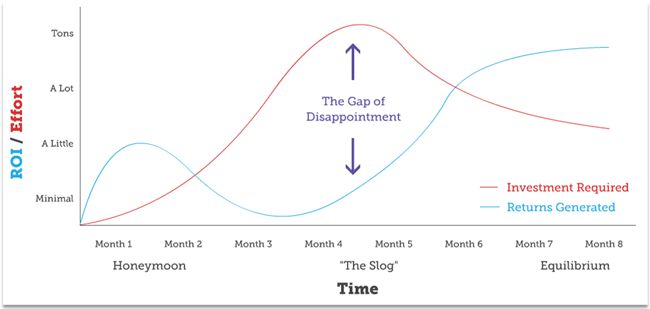I just came across an interesting infographic explaining the 7 stages of content marketing. They are
- Setting a goal – what you want to achieve through content writing.
- Creating a content writing strategy – what all factors will influence your content writing process.
- Research – to create authoritative content, you need to do research to collect useful insights and data for making a convincing case.
- The actual content writing process – use all the information that you have gathered, write the content and publish it based on your strategy.
- Content curation – provided you can find it, you can curate highly useful content and either publish your own version of it, or share it using your social media and social networking timelines.
- Content distribution and broadcasting – once you have written the content and published it, you need to broadcast it. In terms of content marketing, you need to “market” your content. You can use different channels available to you including email marketing, social media marketing and search marketing.
- Engagement – this is also an important component of content marketing. Only when you engage your audience, it responds to your content.
Just as content marketing followers a 7-stage approach, so does content writing, although, content writing is a subset of content marketing – the content that you market is often obtained through high-quality content writing.
But the process is more or less the same.
When I start working on a certain piece of content, I always ask my client what he wants to achieve? What should be the end result? How must the reader feel after having read the entire piece?
Research is an expensive undertaking, because it takes time and also, access to data sources. Very few clients are ready to pay for research and they think it should be a part of writing content.
They need good content, good content needs data, data can be gathered with research, but they think, they shouldn’t have to pay for the research because it is part of content writing. It becomes a vicious circle.
Then comes the actual content writing process. Being an experienced content writer, this doesn’t take much time provided I have the needed information.
Content curation is not a part of content writing, but it plays a crucial role. For example, I didn’t have time today to work on something elaborate but then when I came across this infographic, I quickly had something to write about. This can be termed as content curation. You can directly share the content you are curating, or you can use it to write and publish content on your own website or blog.
You may like to read Use curated or aggregated content to improve your SEO.
One of the most crucial passes content distribution. This is where most of the content marketers are stumped.
For content marketing, you need to build an audience, or you need to spend money on a pre-built audience. Since people are not even ready to spend good money on content writing, spending money on content distribution is even more difficult. But, writing and publishing content is just a very small part of content marketing. What’s important is, you make sure that your content reaches the audience.
You may like to read Content distribution/marketing is as important as writing and publishing content.
Engagement, again, is as important as marketing your content. We live and operate in a high state of distraction these days. People won’t notice your content unless you are able to engage them. Engaging means making people respond to your content. People respond through “Liking” your social media updates, sharing your content, writing about your content, recreating it on Twitter – basically, reacting to your content in a positive manner.
You may like to read What is engaging content writing?







